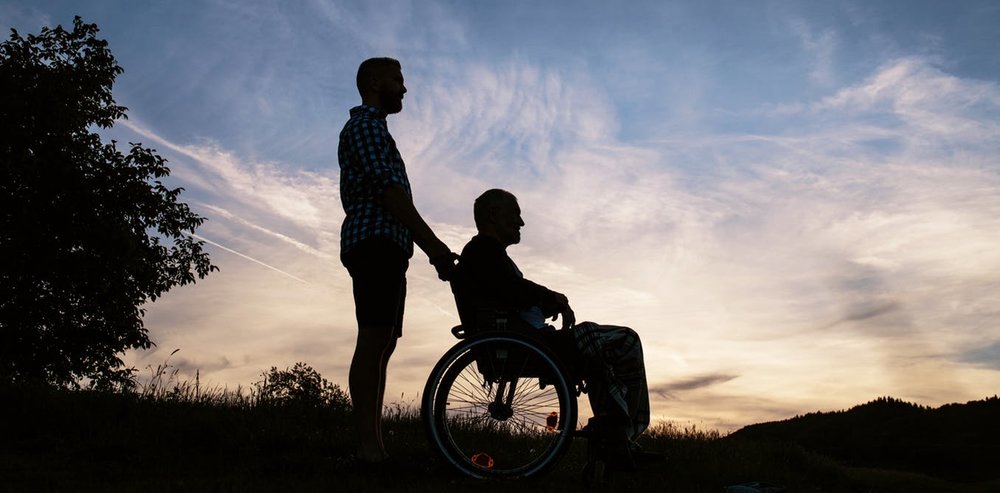Spinal cord injuries cause 2,000 disabilities annually in Iran

TEHRAN — Every year some 2,000 people with a disability involving their spinal cords are added to the population of disabled people in Iran, Mustafa Seraj, an official with Welfare Organization has said.
Providing these people with healthcare services costs some $3.6 trillion rials (nearly $85 million), Fars news agency quoted Seraj as saying on Saturday.
Last year some 25,000 people were affected by spinal cord injuries, he regretted, adding that, annually some 17,000 die in traffic-related accidents and many more sustain injuries which might result in lifelong disabilities.
People suffering from disabilities involving their spinal cords should spend some 50 million rials (nearly $1,200) on a monthly basis over the first months of their disabilities to be stabilized, he added.
People with disabilities who live with their families should receive rehabilitation services at home which are covered by insurance companies, he highlighted.
According to the World Health Organization (WHO) over a billion people, about 15% of the world's population, have some form of disability. Between 110 million and 190 million adults have significant difficulties in functioning.
Rates of disability are increasing due to population ageing and increases in chronic health conditions, among other causes.
People with disabilities have less access to health care services and therefore experience unmet health care needs.
Barriers to healthcare
People with disabilities are particularly vulnerable to deficiencies in health care services. Depending on the group and setting, persons with disabilities may experience greater vulnerability to secondary conditions, co-morbid conditions, age-related conditions, engaging in health risk behaviors and higher rates of premature death.
Affordability of health services and transportation are two main reasons why people with disabilities do not receive needed health care in low-income countries - 32-33% of non-disabled people are unable to afford health care compared to 51-53% of people with disabilities.
Limited availability of services, physical barriers such as uneven access to buildings (hospitals, health centers), inaccessible medical equipment, poor signage, narrow doorways, internal steps, inadequate bathroom facilities, and inaccessible parking areas, and inadequate skills and knowledge of health workers are some of the healthcare barriers for people with disabilities.
Governments can improve health outcomes for people with disabilities by improving access to quality, affordable health care services, which make the best use of available resources. As several factors interact to inhibit access to health care, reforms in all the interacting components of the health care system are required.
Devising coherent policy, health care financing to ensure that people with disabilities are covered and consider measures to make the premiums affordable, integrating disability education into undergraduate and continuing education for all health-care professionals, and conducting more research on the needs, barriers, and health outcomes for people with disabilities are some methods of addressing barriers to healthcare for people with disabilities.
MQ/MG
